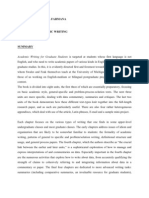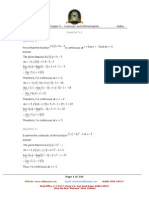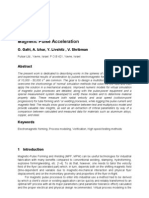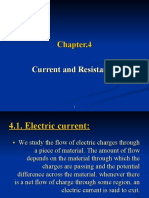0% found this document useful (0 votes)
259 views2 pagesDiac
A diac is a two-terminal bidirectional semiconductor device that can be switched from an off-state to an on-state with either polarity of an applied voltage. It consists of a P-N-P-N structure like a bipolar junction transistor but without a control terminal. In its off-state, a diac allows only a small leakage current to flow. Once the applied voltage exceeds the avalanche breakdown voltage, the diac current rises sharply and it enters the on-state. Unlike a triac or SCR, a diac maintains an almost continuous negative resistance characteristic in the on-state rather than sharply switching to a low voltage at low current.
Uploaded by
sairajdreamCopyright
© © All Rights Reserved
We take content rights seriously. If you suspect this is your content, claim it here.
Available Formats
Download as PDF, TXT or read online on Scribd
0% found this document useful (0 votes)
259 views2 pagesDiac
A diac is a two-terminal bidirectional semiconductor device that can be switched from an off-state to an on-state with either polarity of an applied voltage. It consists of a P-N-P-N structure like a bipolar junction transistor but without a control terminal. In its off-state, a diac allows only a small leakage current to flow. Once the applied voltage exceeds the avalanche breakdown voltage, the diac current rises sharply and it enters the on-state. Unlike a triac or SCR, a diac maintains an almost continuous negative resistance characteristic in the on-state rather than sharply switching to a low voltage at low current.
Uploaded by
sairajdreamCopyright
© © All Rights Reserved
We take content rights seriously. If you suspect this is your content, claim it here.
Available Formats
Download as PDF, TXT or read online on Scribd
/ 2





























































































